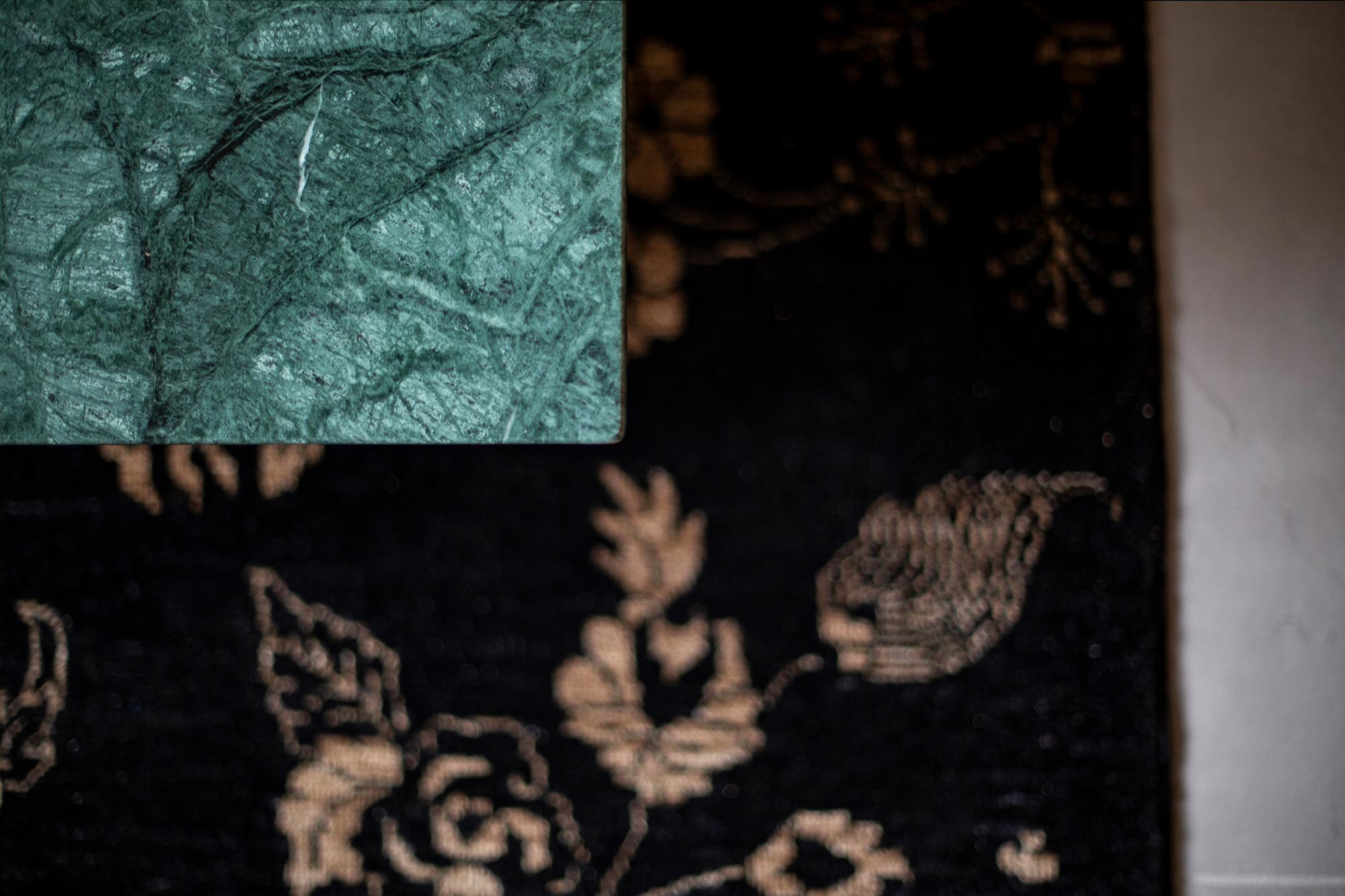Where do Farfalle pasta come from?
Perhaps most Italians know or have eaten farfalle at least once in their life, the pasta format that resembles a bow tie, or papillon if you will, and that can easily be found in grocery stores, restaurants, and virtually all pasta makers in Italy produce: we are talking about normal dried pasta. But fresh pasta is another thing, and farfalle are much less common there.
This might make you think they are difficult to make, but the truth is that this belief is generally unfounded, because fresh farfalle pasta is much easier to make than to say. Of course, they have to be shaped one by one and, in case you want to try, you might lose some time, but you will just have to get started making them with someone who will keep you company chatting (and maybe even give you a hand!)
But where do farfalle come from? It is estimated that this type of pasta was already born in the 1500s in Northern Italy, presumably in Lombardy and Emilia Romagna, and they take their name from the typical butterfly shape, obtained by pinching a rectangle of pasta in the center.
To best enhance this type of pasta, however, you need to know how to prepare it, season it, and serve it. With farfalle, the recommended seasonings are delicate sauces: butter-based sauces, with ragu or peas and ham, mild-tasting white sauces, sauces based on delicate and soft cheeses, sometimes even with the addition of saffron. All this, Exe Restaurant in Fiorano Modenese knows it well, because it is located in a context entirely focused on the territoriality of the Modena food valley, choosing raw materials from small local producers, enhancing the seasonality of the products and cooking methods.



